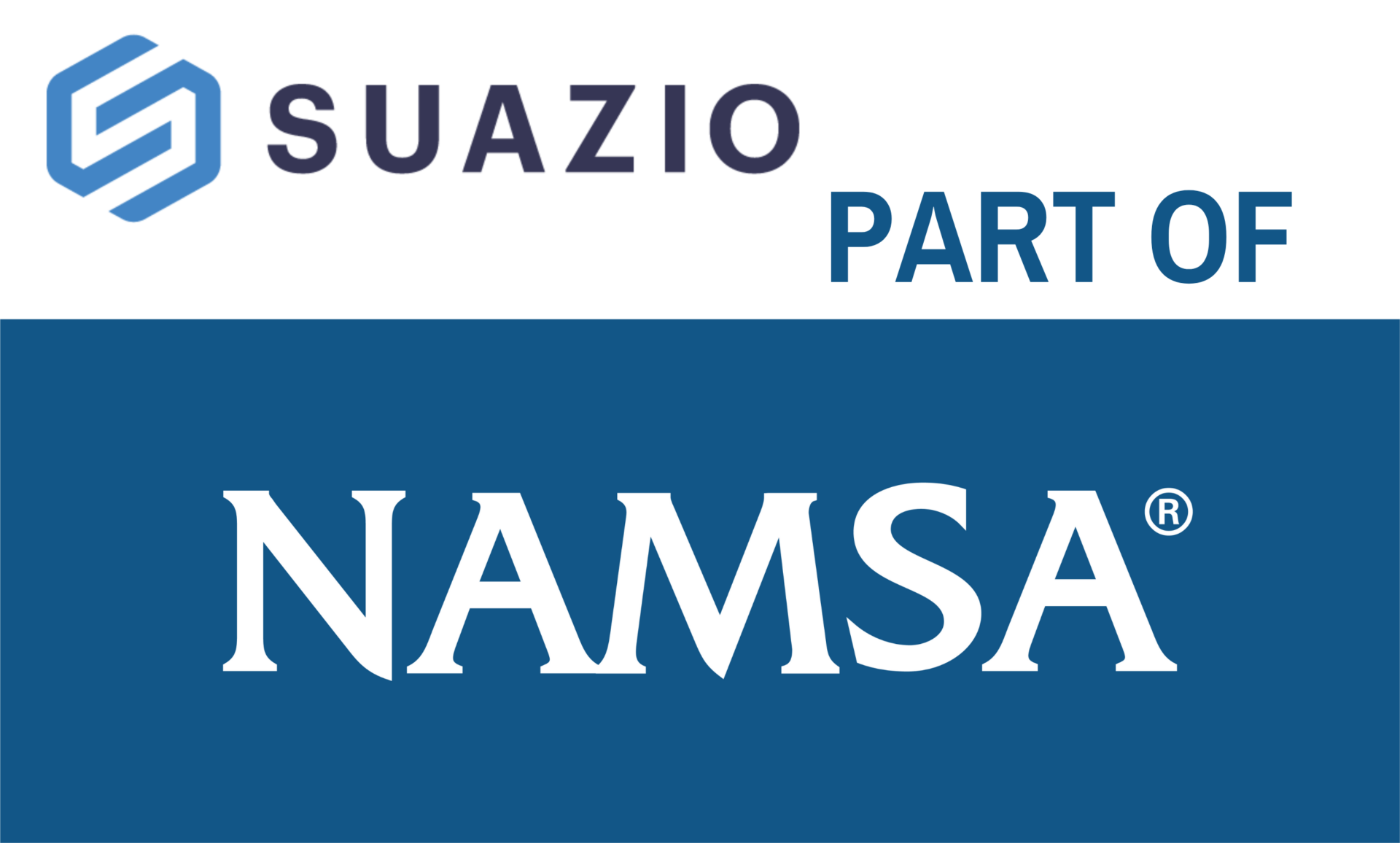Monitoring non-clinical, economic stakeholders: how to bring innovation into healthcare, without exceeding the budget?
The question
Today, we’re dealing with unprecedented financial pressure on healthcare payers and providers, which makes the overall healthcare landscape increasingly challenging. Procurement professionals and other non-clinical, economic stakeholders, have to think about outcomes, total costs of care and broader socioeconomic benefits of a product, service or solution.
Therefore, it’s important for our clients to know how to respond to these drivers. Only when they know how to market their products – and how to substantiate the costs that come with them – will they have a chance of connecting with the needs and barriers of the economic stakeholders.
The question at hand: how do you get that information? First and foremost, obtaining that information is achieved through deeper and earlier dialogue between supplier and procurer. And that’s where SUAZIO comes into play.
The end goal
The end goal of our research is to understand how the economic stakeholders’ needs and perceptions evolve over time and to discover the current trends to which they are paying attention. With this information, our customer can shape their products in order for them to respond to the economic stakeholders’ current drivers. This way, the first step toward high value care can be taken: rather than focusing on volume and price, procurement decisions should place value and innovation at their core, often called ‘value-based procurement’.

Our approach
In order to help our clients reach their goals, we conduct an online, comprehensive and standardized survey: we interview economic stakeholders and ask them about the current trends in their field. Examples of questions asked are:

- What are the current needs?
- How are the influence levels looking today?
- Where lies the decision power today?
- What evidence do you need in order to make a decision?
- What does the purchase process look like today?
- What are today’s perception & value drivers?
- How do you assess companies or product offerings today?
- …
How this survey will help the customer
The answers to these – and many other – questions will help our clients monitor new and existing perceptions of these economic stakeholders. This knowledge will help them stay on top of things, and it will help them respond to their behaviour and the current trends across different business units.


Next to this, this knowledge will also allow our clients to respond to the economic stakeholders’ main goal: looking for the perfect balance between getting new and better clinical opportunities and the availability of financial resources.
Or, in other words: how to bring much needed innovation into the hospitals without exceeding the budget.
Conclusion: Understanding the economic stakeholders needs is crucial to bring innovation to the market
Value-based procurement can become a catalyst in making the necessary shift to a value-based, patient-centered and sustainable future for health systems. It has the potential to accelerate the uptake of value-adding innovations and improve patient outcomes while making health systems more efficient. By applying value-based procurement, health systems can do more of what matters – improving patient outcomes as well as reducing the total cost of care.
Delivering change in a system as large and complex as healthcare takes time, energy and investment. New tools and methodologies are needed – and SUAZIO is very committed to playing an active role in helping to develop and execute these new approaches, such as the earlier mentioned survey.
Early results have proven that this new way of work can and will deliver a win-win-win in the healthcare landscape: for patients, healthcare providers, as well as for companies.
